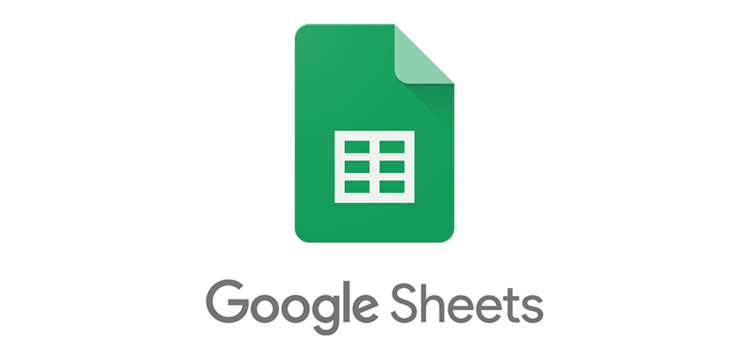
 Last day of the Last month =date(year(today()),month(today()),1-1). Here are a few example formulas of end dates: 1st Day of this month =date(year(today()),month(today()),1). 1st day of past 3 previous months =date(year(today()),month(today())-4,1). 1st day of the Last month Last Year =date(year(today())-1,month(today())-1,1). 1st day of the Last month =date(year(today()),month(today())-1,1). We often use formulas so that the date is always current and doesn’t need to be manually changed Has to be in a date format, ‘today’, ‘yesterday’ or ‘NdaysAgo’ (N must be a number). As soon as you know the ID you can copy and paste for other reports if needed You can get this easily by pressing create report in the analytics add-on and select your view. If left blank the report will not attempt to runĭefault value is ‘core’ for Core Reporting API but you can also have ‘mcf’ for the Multi-Channel Funnels Reporting API instead Simple enough, whatever you want your report to be called. Below I have listed all of the Report Configuration names, a quick summary just like you can find on the Google help page but this time with some specific examples alongside. What I think the resources lack is more examples of the different query parameters specifically for the add-on for the non-developer types among us. Watch the videos and with a bit of playing around, you’ll soon get the hang of it. The set-up has already been explained and outlined very well by Google with these tutorial videos (taken from Google’s own resources). It’s easy to get your head around and a great tool for anyone wanting to easily analyse their GA data.
Last day of the Last month =date(year(today()),month(today()),1-1). Here are a few example formulas of end dates: 1st Day of this month =date(year(today()),month(today()),1). 1st day of past 3 previous months =date(year(today()),month(today())-4,1). 1st day of the Last month Last Year =date(year(today())-1,month(today())-1,1). 1st day of the Last month =date(year(today()),month(today())-1,1). We often use formulas so that the date is always current and doesn’t need to be manually changed Has to be in a date format, ‘today’, ‘yesterday’ or ‘NdaysAgo’ (N must be a number). As soon as you know the ID you can copy and paste for other reports if needed You can get this easily by pressing create report in the analytics add-on and select your view. If left blank the report will not attempt to runĭefault value is ‘core’ for Core Reporting API but you can also have ‘mcf’ for the Multi-Channel Funnels Reporting API instead Simple enough, whatever you want your report to be called. Below I have listed all of the Report Configuration names, a quick summary just like you can find on the Google help page but this time with some specific examples alongside. What I think the resources lack is more examples of the different query parameters specifically for the add-on for the non-developer types among us. Watch the videos and with a bit of playing around, you’ll soon get the hang of it. The set-up has already been explained and outlined very well by Google with these tutorial videos (taken from Google’s own resources). It’s easy to get your head around and a great tool for anyone wanting to easily analyse their GA data. 
The Google Analytics add-on for Google Sheets allows users to visualize and share all this data and it works across multiple views & profiles.

Google Analytics provides an incredible amount of insight into your data but how can you view that data in a way that makes sense to you and your business? Custom Dashboards through the interface are good but they are pretty limited.







 0 kommentar(er)
0 kommentar(er)
